Glaucoma
Glaucoma
Cause glaucoma (damage to cells of the optic nerve).
The leading cause of irreversible blindness in the world.
Restoring normal vision is not possible, but medications, lasers, and surgeries help prevent the condition from getting worse.
Urgent surgical intervention is required especially if the condition does not respond to medications and lasers.
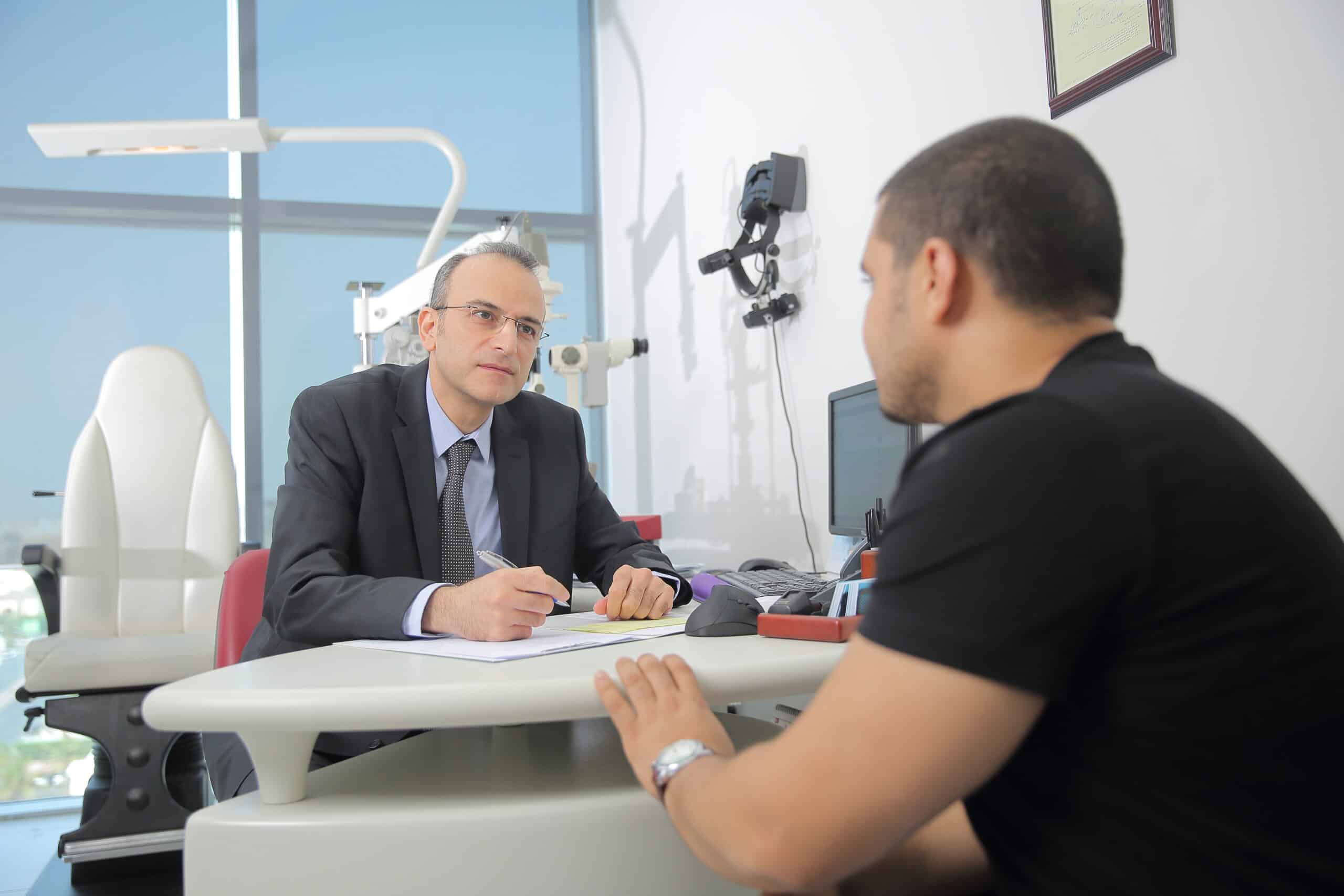
Do cataracts develop into glaucoma?
Cataracts, or what we call cataracts, are caused by the accumulation of proteins dissolved inside the eye, while glaucoma or glaucoma results from the accumulation of water in the eye inside the eye. It is common for cataracts to form after glaucoma surgery, so we recommend waiting for a period of at least a year after the operation to remove glaucoma for cataract surgery and cataract removal. In both cases, the early detection of the disease and its correct treatment leads to positive results in general. However, cataracts do not need immediate intervention, while glaucoma requires immediate treatment.
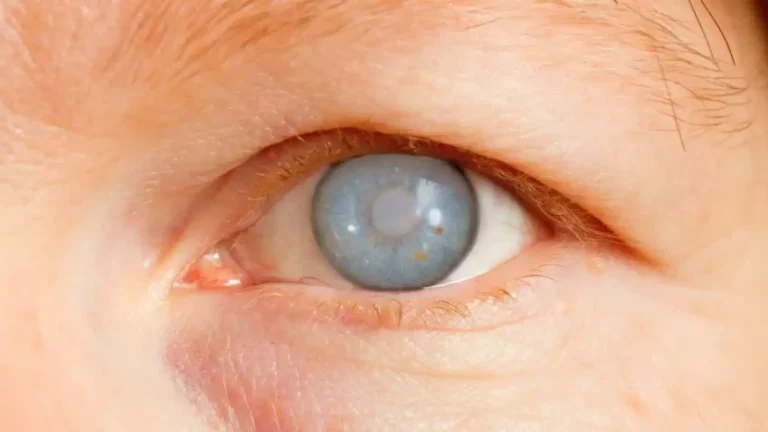
What is glaucoma?
It is the vision thief, as the patient does not show symptoms in many cases, and it may not be noticed by anyone in the early stages. Glaucoma is the number one cause of untreated blindness around the world, and it is a group of diseases where the increased pressure in the eye damages the optic nerve. There is still no cure for this disease, so treatment focuses on relieving symptoms and preventing further damage by lowering eye pressure to prevent vision loss.
Symptoms of glaucoma
Sudden and severe headache, nausea, blurred vision, seeing halos around bright lights. The patient may have high blood pressure and a vague feeling of heaviness. However, it is often without symptoms and the patient may not feel any symptoms when he visits the ophthalmologist.
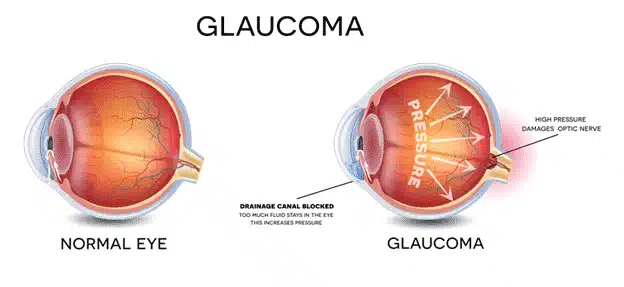
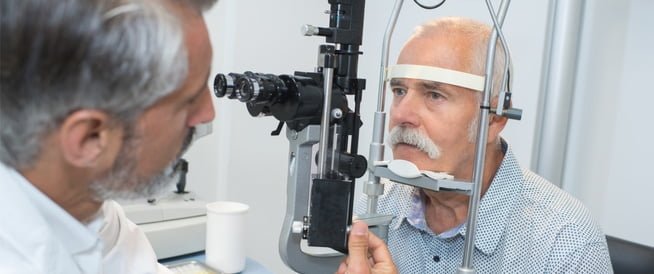
Eye drops are used to reduce fluid production in the eye or the drainage of excess fluid that causes high eye pressure, but it may lead to eye redness, irritation, blurry vision, increased heartbeat or dry mouth, and a marked change in the color of the eyes and the surrounding skin, so patients should inform Doctor if they suffer from any kind of allergies to reduce side effects. In some cases, your doctor may prescribe medication to accompany the drops, in the form of tablets, syrups, or injections to improve pressure control.
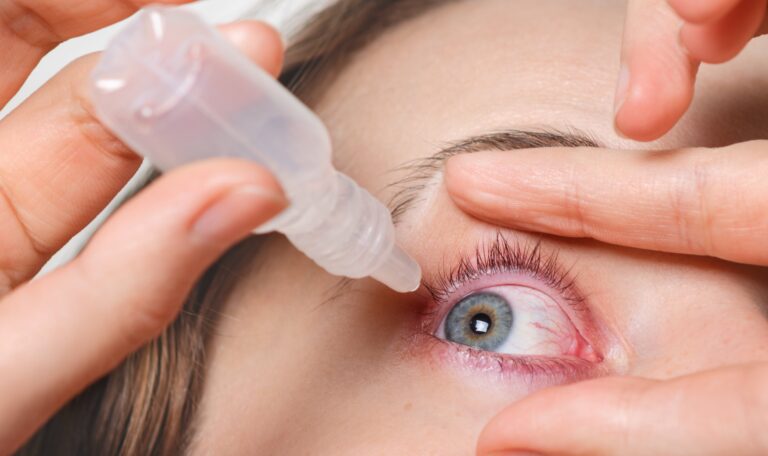
At Batal Eye Specialist Center, we resort to laser surgery if the drops do not improve the condition. Using a low-energy laser beam, we get long-term results, as this procedure offers a simple solution to treat the symptoms of glaucoma in the eye through a minimally invasive process without side effects, scars or pain. It is an effective treatment option for almost all patients and is more suitable for patients who are unable to continue using the drops on a daily basis due to either cost, discomfort, or side effects.
This process controls the symptoms of glaucoma for up to years without the need for additional medications, and it has no major risks or complications.
Microsurgery (glaucoma filter surgery)
We often perform microsurgery after failed medications and laser therapy to drain the accumulated water in the eye that is pressing on the optic nerve, causing glaucoma.
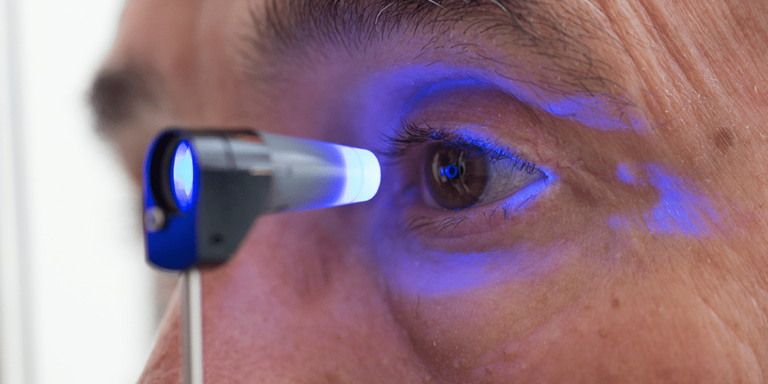
Although there are no surefire ways to prevent glaucoma from forming, regular check-ups and early detection are the best forms of protection against damage caused by glaucoma in the eye, as well as paying attention to:
Excessive coffee consumption of more than 2 to 3 cups a day leads to elevated eye pressure and it is best to avoid it.
Patients with an advanced stage of glaucoma should avoid weight-bearing exercises or push-ups that cause a lot of stress, such as some yoga exercises (head down).
Some people are more susceptible to the disease, and these are those over the age of sixty, those with a family history of glaucoma, those with low vision, and those with diabetes.
In Batal Center, the attending physician will measure the eye tension to measure the intraocular pressure and examine the optic nerve by conducting a visual field test (OCT) to assess the percentage of damage to the optic nerve, and to examine the cornea. On a color image of the optic nerve to monitor the size of the optic nerve. Depending on the condition of your eyes, our doctor will recommend some or all of these tests.
It is advised that patients undergo a comprehensive examination of the fundus at least once every two years, especially if they are more vulnerable to infection. With a team of specialists in treating glaucoma and Cataract , assisted by technology and the latest diagnostic and treatment devices, we are fully prepared to discover the early stages of injury and ensure comprehensive treatment and delicate surgeries. To know more about the treatment and surgery of cataracts and glaucoma, please contact us on the numbers shown.
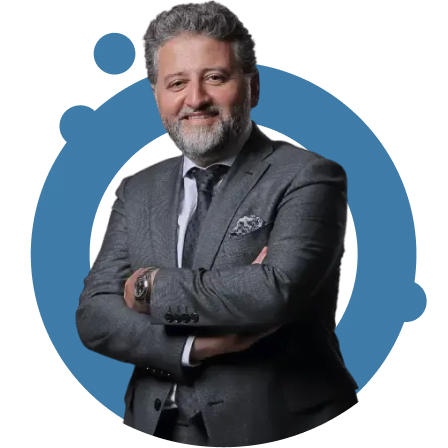
Senior Consultant, Pediatric Surgery and Eye Surgery Fellow of the British Royal Surgical College Fellow of the American Academy of Ophthalmology
Specialization: Strabismus and pediatric eye surgery
Degree: Member of the British Royal College of Surgeons and Member of the American Academy of Ophthalmology
Batal Eye Center
Call us 8001111897
Contact us via Email: info@bataleyecenter.com
Address: 8125 Prince Sultan road, Murjana tower Jeddah, Saudi Arabia



